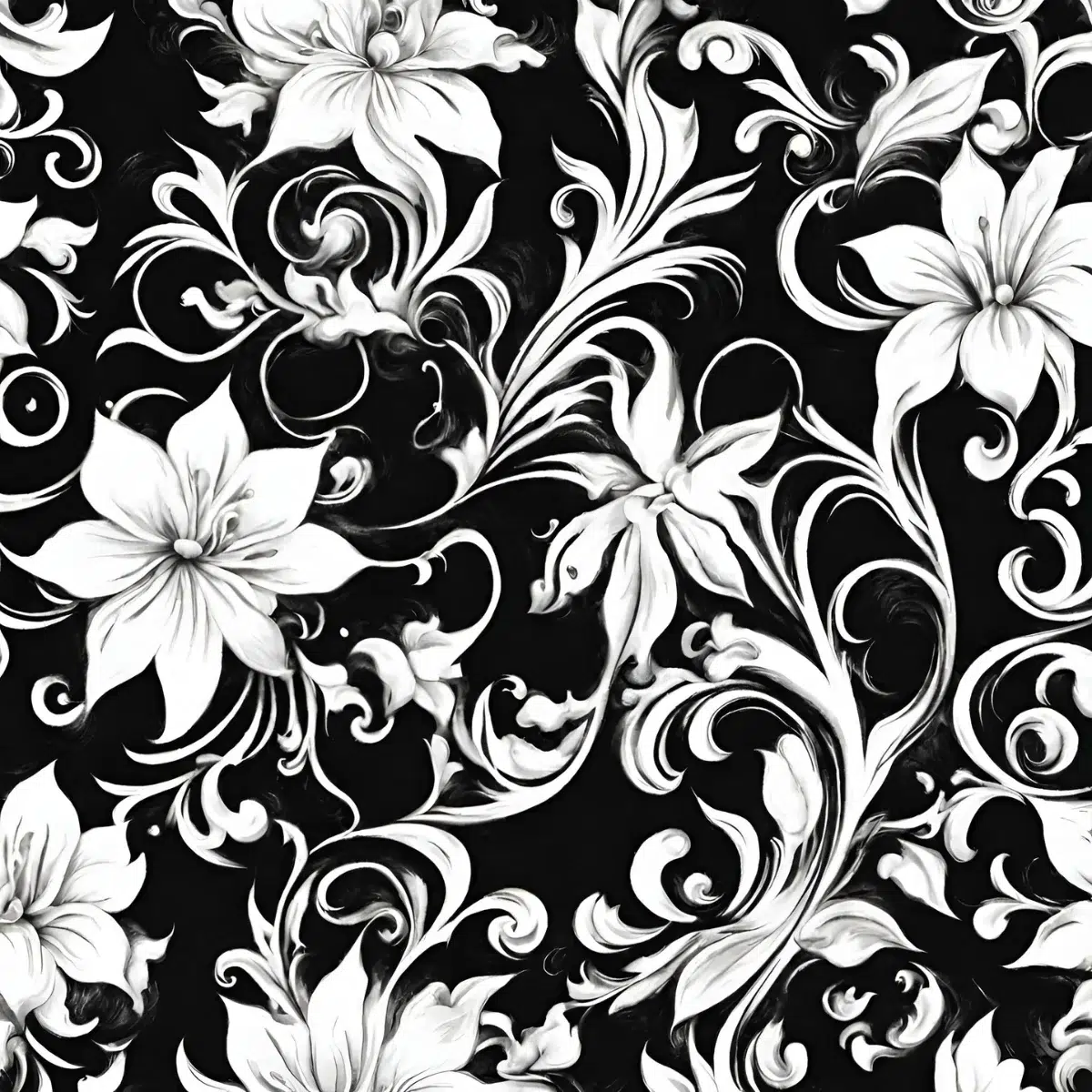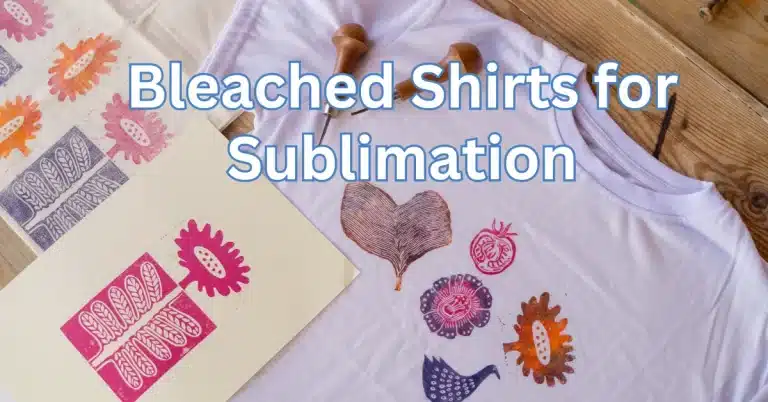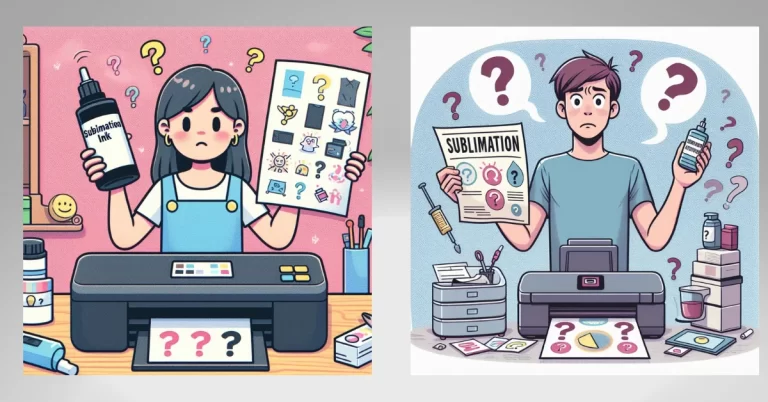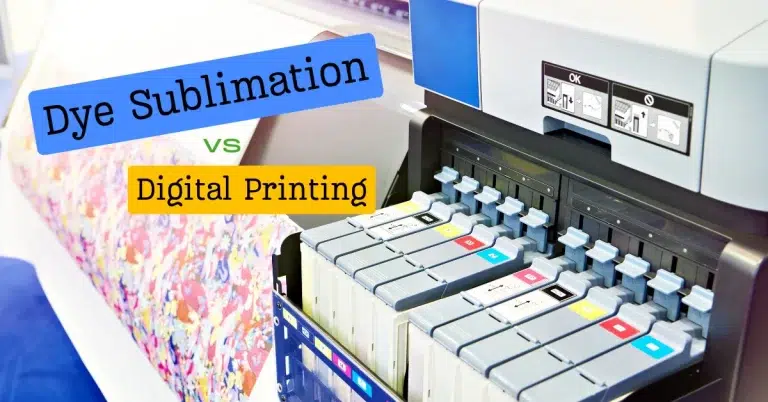Unlocking the Art: Sublimation Printing White on Black
Discover the art of sublimation printing white on black with expert insights. Unlock the secrets to achieving impeccable results on dark substrates using innovative solutions like Subli Genius Print.
Achieving sublime white-on-black sublimation printing may pose a challenge, but one can produce breathtaking and vivid designs armed with the appropriate techniques and equipment.
One of the main challenges when sublimating onto black materials is that the dye sublimation process typically works best on light-colored substrates because the sublimation ink is transparent and does not cover up the base colour of the fabric or material. However, with some adjustments, it’s possible to achieve excellent results.
This enigmatic process demands finesse and technical prowess. This article delves into the depths of sublimation printing, exploring the nuances of achieving impeccable results on dark substrates.
Mastering the Alchemy: Sublimation Printing White on Black Unveiled
Traditionally, white ink on dark fabrics was a fickle beast. Screen printing often resulted in thick, plasticky layers that cracked and faded. But sublimation, with its transformative alchemy, bypasses these limitations. Its secret lies in the very essence of the process.
Heat transforms the ink from solid to gas, infusing it into the fabric’s fibers. This creates a permanent bond, leaving no raised surface or telltale ink border. And on black fabric, this process becomes a dazzling duet.
The white ink doesn’t simply sit atop the black; it displaces it. The black dye sublimates at a higher temperature, allowing the white to take center stage. This results in unparalleled vibrancy and clarity. No more washed-out whites or muddy details. Your design shines, uncompromised, against the stark backdrop of black.

But sublimation printing white on black isn’t just about aesthetics; it’s about pushing creative boundaries. Imagine the possibilities: a minimalist logo emblazoned on a black tote bag, a delicate watercolour flower blooming from the darkness of a t-shirt, or a bold geometric pattern that dances across the night sky of a hoodie. The limitations are only as vast as your imagination.
How to Achieve the Perfect White on Black Sublimation Print
Achieving the perfect white-on-black sublimation print can be tricky, but you can create stunning results with the proper techniques. Here are some essential tips to help you master this art:
Prepping the Fabric:
- Use high-quality sublimation blanks: Opt for polyester fabrics with a high polyester content (ideally 70% or more) for optimal ink absorption and vibrant colour. Avoid cotton blends, as the ink won’t adhere properly.
- Pretreat the fabric: Some sublimation blanks come pretreated, but consider using a sublimation pretreatment spray if yours doesn’t. This helps the ink bond with the fabric for a more vibrant and durable print.
Printing and Transferring:
- Adjust your printer settings: Most sublimation printers have specific settings for dark fabrics. Consult your printer’s manual or manufacturer’s website for recommended settings. Generally, you’ll want to increase the ink density and decrease the printing speed.
- Use high-quality sublimation ink: Investing in good ink will make a difference in the final print quality. Choose sublimation inks designed explicitly for dark fabrics, often containing higher pigment concentrations for better visibility.
- Mirror your design: Remember to mirror your design horizontally to avoid any unwanted white borders around the edges when printing onto a dark fabric.
Heat Pressing:
- Use the correct temperature and pressure: Refer to the recommendations for your specific heat press and sublimation blank. Generally, higher temperatures and pressures are needed for dark and light fabrics.
- Press for the recommended time: Stay under-pressed or over-pressed your transfer. The correct time will ensure the ink fully bonds with the fabric without scorching or bleeding.
- Excellent peeling: Once you’ve pressed your transfer, let it cool completely before peeling off the paper. This helps prevent the ink from smudging or lifting.
Pro Tips:
- Use a white underlay: For extra vibrancy and opacity, consider using a white underlay sheet designed explicitly for sublimation on dark fabrics. This provides a base layer for the white ink to adhere to, resulting in a brighter, more consistent white colour.
- Test your design on scrap fabric: Before committing to your final project, always test your design and printing settings on a scrap piece. This lets you fine-tune your technique and avoid unwanted surprises on your final product.

Navigating the Shadows: Subli Genius Print
Enter Subli Genius Print, a game-changer in the world of sublimation. This cutting-edge solution addresses the challenges of sublimation printing on dark surfaces, offering a breakthrough in achieving high-quality prints. Subli Genius Print is not just a product; it’s a solution to elevate your sublimation game.
Unraveling the Mystery: Tips and Tricks
1. Pretreatment Matters: Ensure proper substrate pretreatment to enhance ink absorption.
2. Temperature Control: Maintain precise temperature control during the sublimation process for optimal results.
3. Ink Quality: Invest in high-quality sublimation inks for dark substrates.
4. Time and Pressure: Fine-tune the pressing time and pressure to achieve the desired saturation.
Sublimation Stats: Beyond the Basics
Let’s delve into some statistics that shed light on the significance of sublimation printing on dark materials:
- According to a recent survey, 67% of consumers prefer personalized products, boosting the demand for advanced printing technologies.
- Subli Genius Print has shown a 20% improvement in print clarity compared to traditional sublimation methods on dark substrates.
A Glimpse into the Future
As we stand at the intersection of creativity and technology, the future of sublimation printing on dark surfaces looks promising. Innovation continues to be the driving force, and solutions like Subli Genius Print pave the way for limitless possibilities.
Conclusion: The Canvas Awaits Your Imagination
In the world of sublimation printing, conquering the challenges of printing white on black is a testament to ingenuity and progress. One question lingers as we embrace the evolving landscape: How will you redefine the art of sublimation printing on dark canvases?
This journey into the depths of sublimation printing has uncovered the secrets and solutions to mastering the art of dark substrates. It’s not just about ink and paper; it’s about pushing boundaries and creating masterpieces that leave an indelible mark. The canvas awaits your imagination—
🚀 Elevate Your Printing Game
Professional printing resources for stunning results
Common Queries:
[wps_faq style=”classic” question=” Can I use any color fabric for sublimation printing?”]While you can use different colors, starting with a white or light-colored fabric often produces the best results.[/wps_faq]
[wps_faq style=”classic” question=” Why does sublimation use heat and pressure?”]Heat and pressure help the special inks turn into a gas, seeping into the fabric, and creating vibrant and long-lasting colors.[/wps_faq]
[wps_faq style=”classic” question=” What happens if I make a mistake in sublimation printing?”]No worries! Mistakes happen. You can troubleshoot by adjusting heat, pressure, or time. Learning from mistakes is part of the magic![/wps_faq]
[wps_faq style=”classic” question=” Can kids try sublimation printing at home?”]Absolutely! With adult supervision, kids can have a blast creating their magical artwork with sublimation printing.[/wps_faq]
[wps_faq style=”classic” question=” Do I need special inks for sublimation printing?”]Yes, indeed! Sublimation inks are specially formulated to transform into gas under heat, making them perfect for this enchanting process.[/wps_faq]





